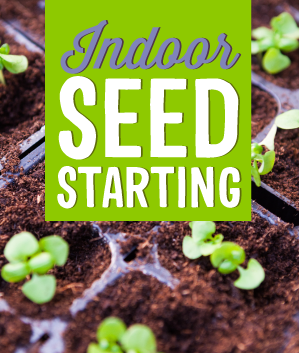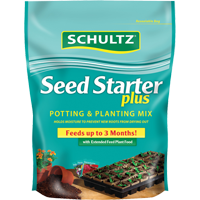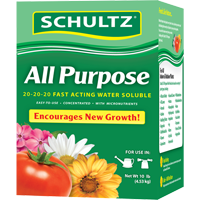
By setting up a seedling nursery you will not only get a head start on the growing season, but you will also save a lot of money. It may even become a fun hobby.
The first round is always a learning experience; don’t let this discourage you. It may be best to experiment with small amounts of many different types of plants to figure out what works best and what is easiest for you.
Prepping the Soil
Select a container with good drainage. Keep in mind, seedling trays with individual planting cells and peat pods make transplanting easier. Using a specially formulated seed starting soil, fill each container ¼” below the rim. Moisten soil and let drain. Gently tap the container sides to settle and even out the soil surface.
Planting the Seed
Sow seeds according to package. Water thoroughly with a spray mist bottle as the soil settles around the seed. Place the container in a bright location with temperature around 70 to 80 degrees Fahrenheit (avoid direct sunlight). Many gardeners recommend covering the container with clear plastic or glass to help retain heat and moisture.
Seedling Growth
When seeds sprout, remove covering and place in direct sunlight. It is important to keep soil moist; never soggy or wet. The first part of the plant to sprout is the seed leaves, which are part of the seed’s embryo. Then the true leaves begin to grow and shortly thereafter, the seed leaves will fall off. Once the first true leaves develop, lightly begin using a water-soluble plant food in order to supply the important nutrients your plant craves. Since the seedlings are so tender, dilute the label’s recommendation for the first couple weeks.
Transplanting
To lessen chances of wilting or transplanting shock, allow young plants several days for “hardening off” before transplanting. Hardening off refers to gradual exposure to outdoor sun, wind, and fluctuating temperatures.
After plants have developed their first 2-3 true leaves, it is time to transplant them into a bigger pot or garden. We recommend using an enriched garden soil for in-ground planting. Avoid holding the plant directly by the delicate stem. This may cause injury and create future disease or insect damage.











